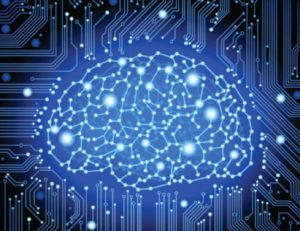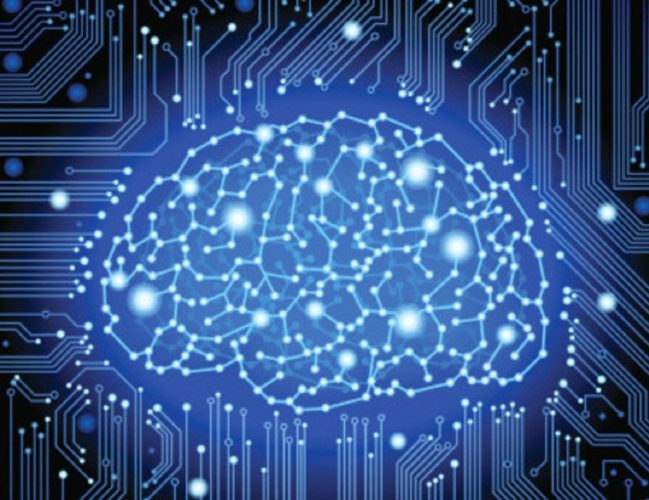By Sarah-Claire Jordan
 Artificial intelligence, or AI, has been on many people’s radars for a long time now. From being a typical trope in many works of science fiction to a reality, so many of us still do not have a good understanding of what artificial intelligence is, and what it is capable of. To put it very simply, artificial intelligence can be defined as any sort of intelligence displayed by a machine. The machine in question is generally a computer or robot, something intended to help humans.
Artificial intelligence, or AI, has been on many people’s radars for a long time now. From being a typical trope in many works of science fiction to a reality, so many of us still do not have a good understanding of what artificial intelligence is, and what it is capable of. To put it very simply, artificial intelligence can be defined as any sort of intelligence displayed by a machine. The machine in question is generally a computer or robot, something intended to help humans.
The idea of what “intelligence” is comes into play here, too. For computer scientists, it has to do with the ability to take in environmental factors and figure out the best way to solve a problem. For the rest of us, we tend to see AI as a machine being able to imitate some forms of thinking that we associate with humans only, such as solving problems or learning. The learning aspect of AI is what excites experts the most, and scares some others, as it means that a machine need only be programmed once and from there it will modify itself based on input from the outside world.
One very human cognitive function that might throw AI for a loop is the ability to learn and use language. Sure, one could argue that all computers already do that, since there are several different coding languages that are regularly used to create software, websites, and more. However, human language is unique in that it relies heavily not just on grammar and syntax, but also on the tone and intent of the person speaking. This isn’t something that is easily programmable, so getting AI to work in every language will certainly take some time.
Machine translation is not AI, but it will certainly become a component of it very soon. If you have tried to use it lately, you will know that it can do a great job for certain languages and topics, but not such a great one for others. Generally, the languages that work well with machine translation follow the “subject-verb-object” word order. These include many European languages as well as Chinese, but very few of the languages used in the rest of the world. In fact, most of the languages spoken in the world do NOT follow the “subject-verb-object” word order, and instead follow the “subject-object-verb” order.
Putting machine translation and AI together, we should eventually be able to handle every single language in the world. AI has an amazing capacity to develop and learn, but things like the intricacies and subtleties of human emotions may take some time for it to grasp. Add on top of that the fact that every culture has its own set of rules and guidelines when it comes to emotional expression, and you can see that AI engineers working specifically with human languages have their work cut out for them. Human translators need not worry about losing any work to AI translators for a while.




